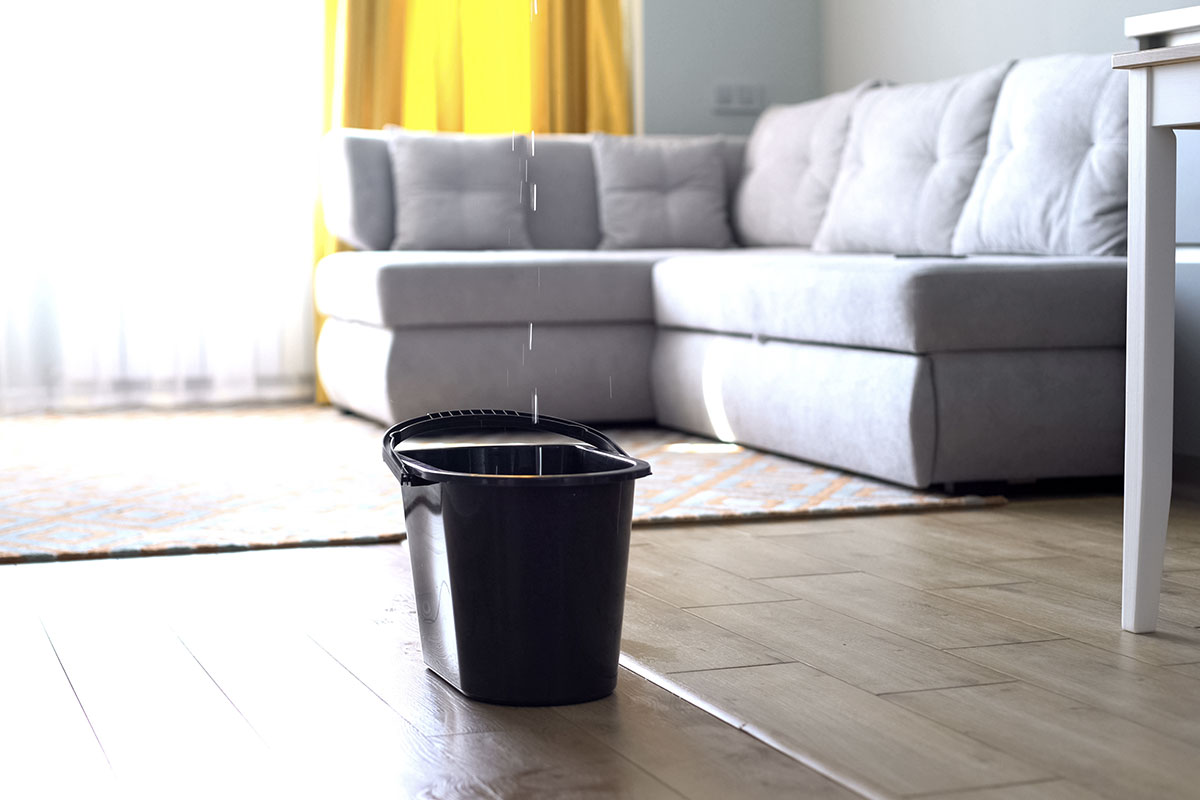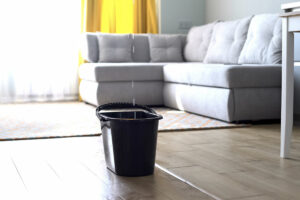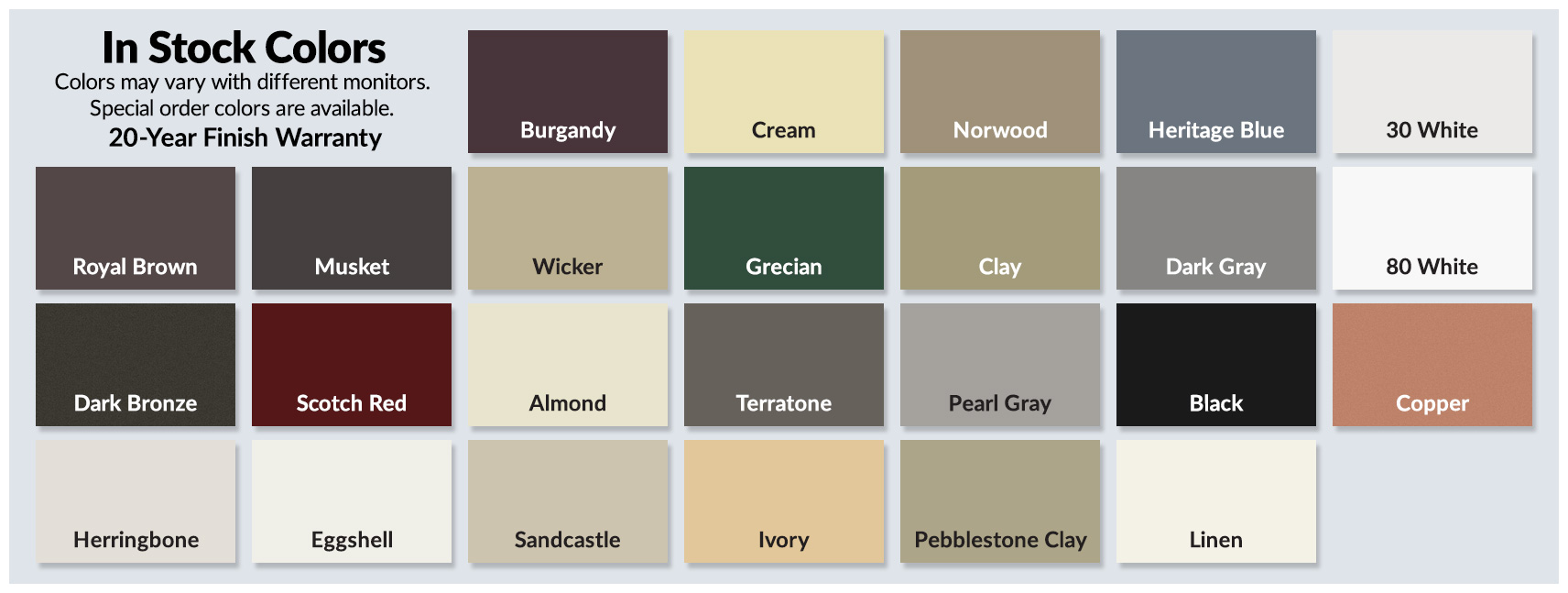
Attic Condensation or Roof Leak? What You Need to Know
 While a leaking roof can be a major headache for homeowners, all too often wetness problems are something much more sinister: attic condensation.
While a leaking roof can be a major headache for homeowners, all too often wetness problems are something much more sinister: attic condensation.
Left unattended, roof leaks can do extensive damage to the interior of your home. They can damage ceilings and attics, lead to mold and mildew issues, and compromised structural integrity. And yet, despite these problems, roof leaks are quite easy to fix once they’re identified, especially if you conduct annual roof inspections.
And therein lies the major problem with attic condensation. Not everyone understands it, and most people will confuse the signs of condensation with a leaking roof. First, here are a few reasons why condensation should be a major concern for homeowners:
- During winter, condensation can reduce the effectiveness of your attic insulation by keeping it moist and damp
- Over time, condensation can cause damage to roofing supports, such as rafters and trusses
- The causes of attic condensation can also result in ice buildup on the edges of your roof, which can lead to significant water damage to the interior of your home
The Cause of Attic Moisture Problems
The primary cause of attic moisture problems results from warm air escaping from the heated portion of a house into the unheated attic space. The water vapor held in the warmer air from the heated part of the home condenses to form liquid water on cold attic surfaces.
There are two ways homeowners can combat attic condensation before it becomes a problem:
Reduce Excess Moisture
One of the easiest ways to deal with moisture problems in the attic is to manage the moisture buildup in the living area of your house. Pay attention to these areas of your home:
- Clothes Dryers. Be sure that your dryer’s exhaust fan is vented to the outdoors, not the attic.
- Firewood. Though firewood appears dry, it often contains significant amounts of water that will evaporate into the house as it dries.
- Humidifiers. In a well-insulated and winterized home, the use of humidifiers is not necessary. They will produce excess moisture.
- Unvented Heaters. If you are going to use a kerosene or gas space heater, get one that is vented to the outdoors. If you do have an unvented heating unit, open a window when the unit is in operation to allow moisture to escape from the home.
Provide Ample Ventilation
Perhaps the best way to prevent attic condensation is to ensure:
- Exhaust Fans. Make sure that exhaust fans are vented to the outdoors, not to the attic, overhangs, or crawl-spaces.
- Fan Operation. Just because you have a fan that operates, doesn’t mean it’s working properly. Duct work can often become clogged, which can result in blocked air flow.
- Bathrooms. Most building codes mandate a fan in any bathroom that does not contain a window. This is to ensure moisture is moved out of the house through vents. Even if your bathroom has a window, however, you should consider installing a fan since keeping a window open during cold weather is less than ideal. In any case, fans in bathrooms should remain on during showering and for at least 15 minutes afterward.
Call a Pro
Although there is quite a bit that homeowners can do to mitigate attic condensation, professional roofing contractors can address some of the more complicated aspects of securing your home against moisture infiltration.
- Add, repair or replace soffits and fascia boards. Soffits and fascia boards are designed to prevent and alleviate attic condensation. Soffits are the planks fitted to the underside of your home’s overhanging eaves. They are often made of vinyl and have small openings that let your attic breathe. Fascia boards are fitted over the end of your home’s rafters or trusses and serve as a barrier between your roofline and inclement weather. During installation, your roofing contractor should also help you identify, locate and seal all air leaks coming from the living area of your home.
- Insulation inspection. Professional roofers know what to look for when it comes to attic insulation. They can help determine whether new insulation is necessary due to moisture problems and whether it was installed properly in the first place. Inadequate or improperly installed insulation can cause not only attic condensation, but also ice damming that can lead to a hose of other issues.
If you’ve noticed wetness problems in your attic, don’t automatically assume it’s a roof leak. Call one of the roofing specialists at Century Home Improvements, who can properly diagnose the problem and offer long-lasting, cost-effective solutions.

